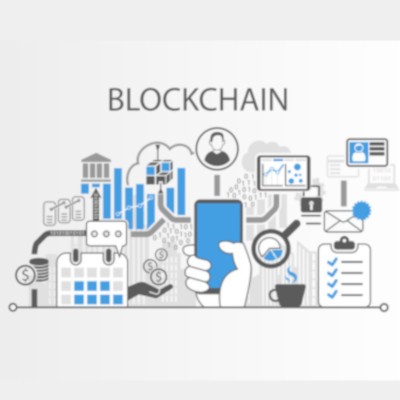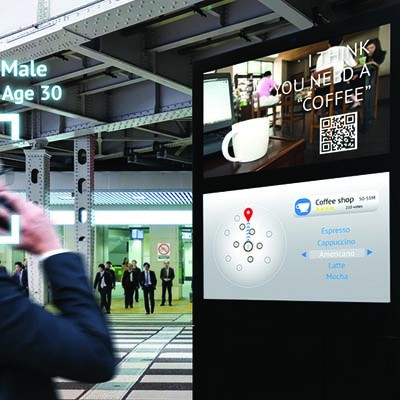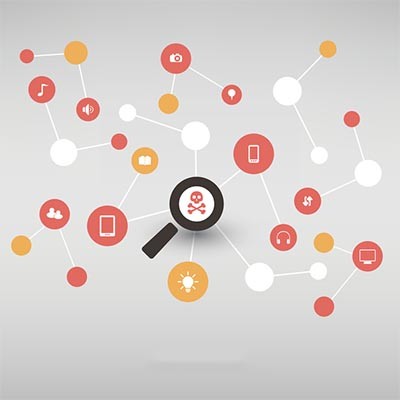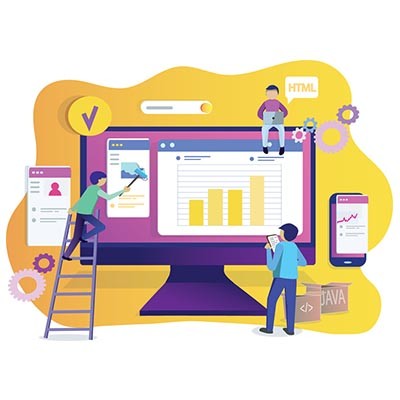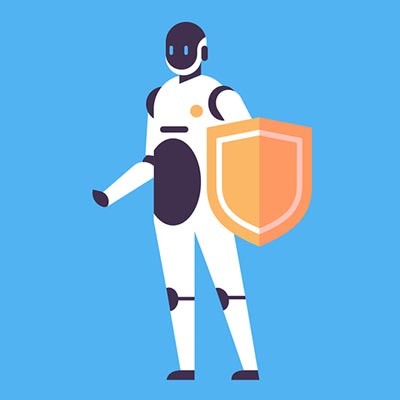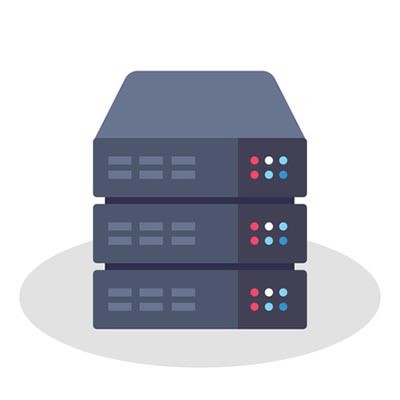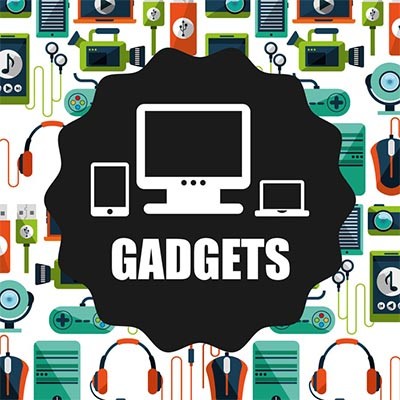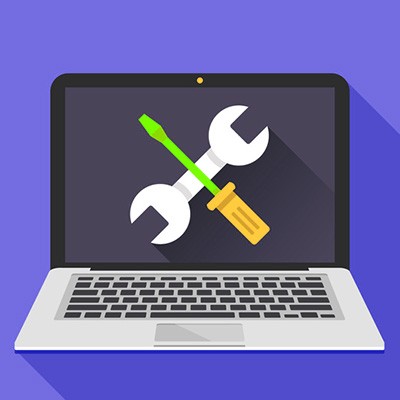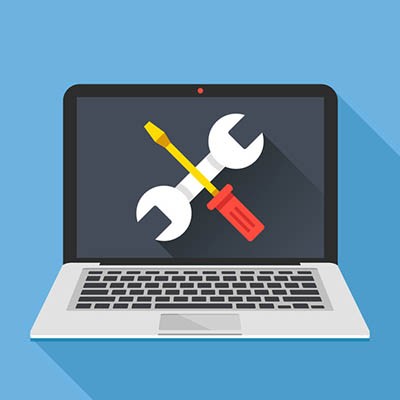We are in a very interesting part of history. Technology is becoming more and more prevalent in and for every part of our lives. For the modern business, emerging technologies can mean big profits if they are implemented and utilized properly. Today, we’re going to take a look at a couple of the emerging technologies that businesses are using to enhance the long-term outlook of their endeavor.
Argentum IT LLC Blog
If you walk into any office out there, chances are you’ll see signs on the wall indicating who is located where, as well as those that identify points of interest that visitors might need. With digital technology taking over many aspects of the office, it was a given that it would eventually impact signage. If it’s used right, digital signage can highlight important parts of your office and encourage employees to give it their all during the workday.
Technology changes rapidly, whether we like it or not. Most of the time, that change is beneficial; you can get more done, gain more visibility, stretch your resources further, and do things you wouldn’t have thought possible (or at least affordable) a few years ago. Other times, technology changes come with the frustration of having to learn something new, develop new processes, and deal with a cavalcade of other annoyances that just make you want to go back to ‘simpler’ times. Today we’re going to talk about how to prepare you and your organization for the inevitable changes that your IT will be facing over the next few years.
Technology has forever changed the culture of some office environments, for better or worse. While we tend to err on the side of implementing IT as being worth the risk, it’s always best to go into implementing a new technology solution with the thought of not just how it will affect operations, but how it might influence your organization’s company culture. We’ll go into detail about ways that implementing a new IT solution might affect the way your staff interact with each other, as well as what you should look out for when implementing such solutions.
For much of the last five years, we’ve been told that the Internet of Things was going to be the most important innovation since broadband Internet was introduced. This growth, while its largely happening under the proverbial radar, is happening. There are around seven billion “smart” devices in 2019 with expectations that it will be three times that by 2025. With that many Internet-connected devices, there are bound to be some that come with vulnerabilities, whether it comes from being designed poorly or not frequently updated with modern threat definitions. Today, we’ll take a look to see if the Internet of Things should be considered a threat to your business.
Blockchain is one of the most popular emerging technologies, and it’s easy to see why. While the technology behind blockchain was once looked at as having no practical application in the workplace, it is now taking a seat front and center as a security tool for a modern business environment. Let’s take a look at what’s going on in the world of blockchain.
Technology is taking on a new role for the modern business. With more value placed on data, and new innovations presenting viable options for business use, technology is now front and center for many organizations. We’ll discuss four of the most emerging technologies and how businesses are beginning to use them.
Virtual assistants have a lot of promise as a productivity tool, so it only makes sense that they would begin to appear in the workplace. Unfortunately, these devices have also gained a reputation as a security risk. Whether or not you’ve considered bringing virtual assistants into your business, you need to prepare for their presence there.
The healthcare industry has been trying to make the jump to digital for over a decade. While many practices have been able to successfully implement electronic health record (EHR) technologies, a full digital transformation has eluded many others. Nowadays, providers are actively searching for ways to achieve measurable results with these newer technology implementations. Today, we take a look at the healthcare industry’s IT as it stands in early 2019.
Innovation in the workplace has changed the way that operations have been handled over the years. These days, office technology innovation might seem like it’s hitting a lull compared to previous jumps, but there are still plenty of ways that it’s improving the quality and productivity of the workday. With the right tools, your business can improve its access to data and enhance its productivity in ways previously unseen.
These days, our society is infamously connected, especially in the business sense. This can make it jarring to not receive a reply back from an email. While we all need a break every now and then, we also need to get back to our contacts efficiently - this is where the ‘out of office’ message in Gmail comes in.
Your servers are some of the most important resources your business has, and they should last for many years. After a few years, however, they may begin to struggle to handle the workloads they once did; and, they often fail leaving a whole business in a lurch. To avoid this scenario, knowing the signs of a failing server can come in extraordinarily handy. Today we will go through three ways to ascertain if your server needs to replaced.
One of the major aspects of smartphones is how portable they are. Thanks to them, business professionals can be productive while out of the office, no matter where they are. Unfortunately, this also means that they have more of an opportunity to lose their devices, along with the data they contain. If the device is Android-based, then you can alleviate this trouble thanks to built-in features that can help you find it.
With the holiday season in full swing, finding good gifts for the technology lover in your life may actually be more frustrating than you’d think. Since there are so many options, people will often get paralysis from trying to find the right gift and end up going the gift card route. Today we will look at five great gift ideas for the technology fan in your life.
Chances are that you’ve dealt with the following scenario: You are working along fine and you try to open an application only to be rebuked by an error message on the screen that tells you that there is some type of critical error. You close that out hoping that it was a one-time exception, but nope, it pops up again. You think to yourself, “Why does this always happen?”
Slow computers are one of the small annoyances in an office that can implicate a much larger issue is hidden. The frustration stems from not being able to get anything done, whether it’s because the computer isn’t responding to your commands or it’s so slow that you can’t accomplish anything noteworthy in your day. Thankfully, you can take some steps to check the speed of your computer so as to take proper action when it’s not working at expected.
Taking care of your computer is necessary if you want to get the maximum return on investment from such an expensive piece of hardware. Granted, this can be a lot to handle, as it includes cleaning your PC regularly, keeping security at its finest, and organizing all of the information stored on it. When it all works as intended, there is an immense feeling of satisfaction. This is when it’s most effective to look at accessories.
Displays are cropping up everywhere these days, from electronic billboards to office televisions to just about any consumer electronic device. Due to the high demand for these displays, many manufacturers have turned to OLED technology to make high definition capabilities more accessible. We’ll focus on the differences between OLED displays and how they are fundamentally superior options compared to the traditional LED displays.

